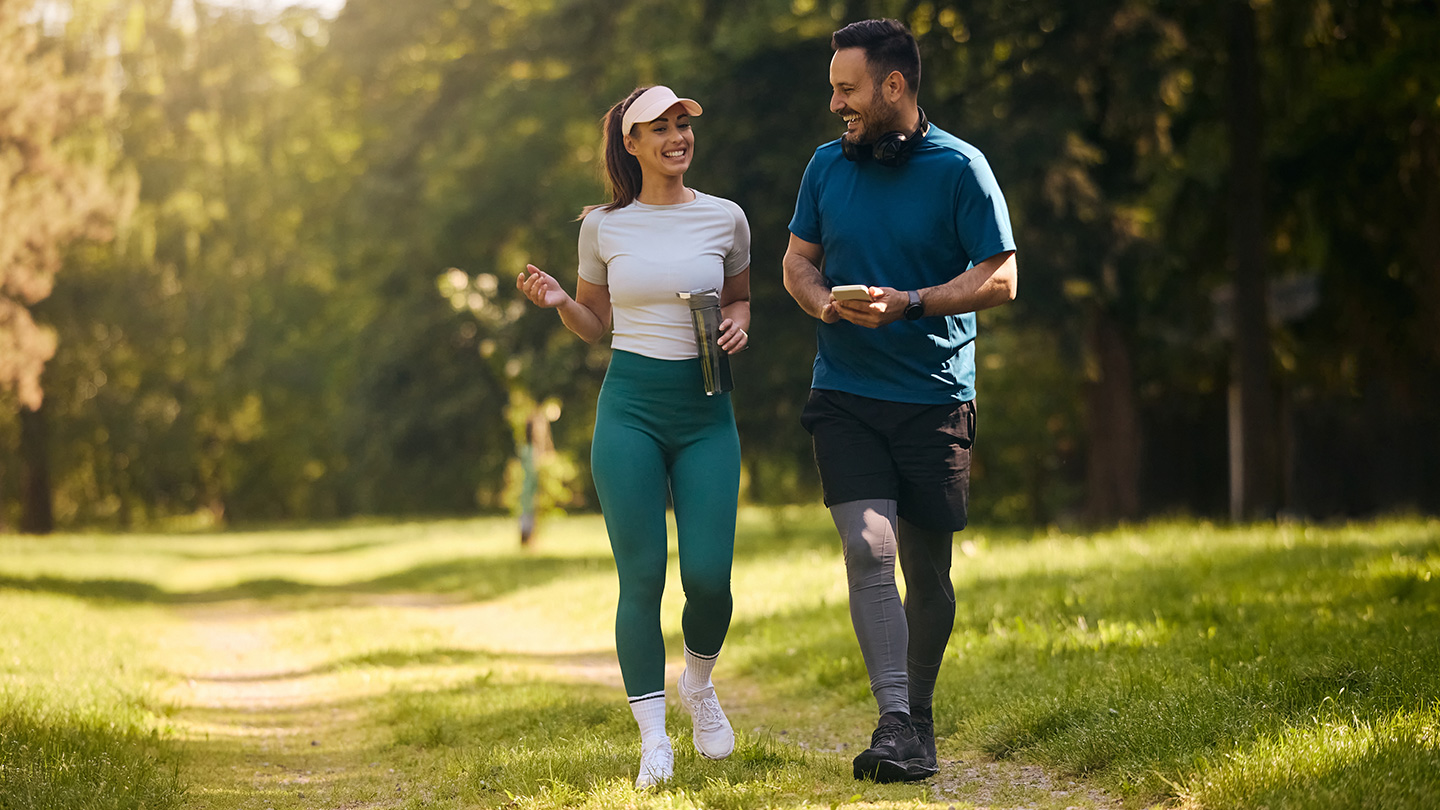Medical
Glucose Walks: How 2–10 Minute Strolls Tame Post-Meal Spikes
From biryani to bedtime in 60 seconds? Hit pause. Your blood sugar needs a stroll and mindful meditation.

In India, where heavy, carbohydrate-rich meals are the norm and type 2 diabetes is endemic, simple lifestyle tools that help control blood sugar are priceless. One of the most underappreciated yet high-impact habits is the post-meal glucose walk, a brief stroll of just 2 to 10 minutes begun soon after finishing a meal. Multiple studies now confirm that short walks after eating, also known as postprandial walking, can blunt the sharp rise in blood sugar that follows meals and improve long-term glycaemic control.
Beyond diet and movement, it’s also worth noting that stress itself can elevate glucose levels through hormonal surges, making management even harder. Here, practices like mindful meditation provide a complementary solution, calming the body’s stress response and helping restore healthier glucose patterns alongside physical activity.
Why post-meal glucose control matters (especially in India)
After we eat, the digestion of carbohydrates releases glucose into the bloodstream, causing a postprandial glucose spike. In healthy individuals, insulin helps shuttle that glucose into tissues, but in insulin resistance or early diabetes, the spike can be excessive, raising oxidative stress, endothelial damage, and cardiovascular risk.
In India, the burden of type 2 diabetes is particularly high: Indians tend to develop insulin resistance earlier, often at lower body weights, and have greater post-meal glucose excursions compared to some other populations. So in the Indian context of heavy meals, refined carbohydrates (white rice, chapati, sugary desserts) and a high background prevalence of metabolic syndrome, any tool that tames post-meal sugar spikes is of immense relevance.
Related Story: Impact of Glucose Spikes on Metabolic Health
The Evidence: Even Very Short Walks Work
Timing is critical: A landmark 2018 study published in the Nutrients Journal involving 14 healthy women showed that slow walking for 15 minutes immediately after a meal produced a 1.5 mmol/L drop in blood glucose compared to waiting.
A recent 2025 Nature study compared a 10-minute walk right after having a meal with a 30-minute walk begun 30 minutes later. Remarkably, the 10-minute walk yielded significantly lower 2-hour glucose area under the curve and lower peak glucose than rest; the 30-minute delayed walk was less effective at lowering the peak. Thus, walking immediately or very soon after eating appears to intercept the rising glucose surge before it peaks.
Very short walks suffice: You don’t need a 30-minute power walk. According to a 2022 meta-analysis published in the Journal of Sports Medicine, even 2 to 5 minutes of light walking or interrupting prolonged sitting attenuates post-meal glucose rises compared to continuous sitting. Even UCLA Health notes that a five-minute walk within the 60 to 90 minute window after eating moderates blood sugar swings in both diabetics and non-diabetics.
For those with diabetes: Post-meal walking trumps “one big session.” In a 2017 clinical trial conducted in India and published in the National Library of Medicine, 64 patients with type 2 diabetes were divided into two groups. One group followed a post-meal walking regimen, which involved a 15-minute brisk walk after each meal, while the other group engaged in a single daily exercise session of 45 minutes before breakfast. The results showed that the post-meal walking strategy led to significantly greater improvements in the five-point glucose profile and HbA1c levels compared to the one-time daily exercise.
Related Story: Blood Sugar Tests Alone Can Be Misleading, Here’s How to Close the Insulin–Glucose Gap
How to implement glucose walks in Indian lifestyles
- Start within 5 minutes: The sooner the walk begins, the more it can curb the initial glucose surge.
- Duration: For very busy schedules, 2 to 3-minute walks are still beneficial. A 10-minute walk may be optimal. Repeated mini-walks during extended meals (e.g., in a banquet) also help.
- Intensity: You should be able to talk but feel slightly warmed; avoid strenuous exertion immediately after a heavy Indian meal.
- Where feasible, split into multiple walks: If a 10-minute walk is difficult, break it into two 5-minute walks (e.g., after lunch and dinner separately).
- Make it a habit: After lunch at work, take a walk around the office or campus. After dinner, walk around your neighbourhood or on the terrace. Encourage family members to join.
- Watch for symptoms: In known diabetics taking glucose-lowering drugs, monitor for post-walk hypoglycaemia, especially if medication timing overlaps.
- Pair with diet and other habits: Glucose walks are supportive, not substitutive; they complement dietary moderation, fibre, portion control, and medication adherence.
Related Story: 5 Reasons To Walk After Dinner
Glucose walks, i.e, simple 2 to 10 minute strolls begun soon after eating, pack a surprisingly potent punch against postprandial blood sugar spikes. For a country like India, where heavy meals and rising type 2 diabetes rates are intertwined, this is a low-cost, scalable, and science-backed strategy. When combined with dietary moderation, structured exercise, and medical care, glucose walks can help millions manage blood sugar better, one step at a time.
Evidently, even small movements at the right time matter! Unlock insider access to the best movement plans for free! Sign up today. What also matters is the way we manage stress, which can quietly push glucose levels higher through hormonal imbalances. Pairing mindful habits with movement makes blood sugar control even more effective. To explore how meditation can complement your wellness journey, unlock insider access to the Heartfulness Meditation series with Daaji here!
EXPLORE MORE
Curious about brain supplements but tired of marketing claims? Here’s a clear, research-backed look at what actually works.
Millions spend years searching for clarity. This upcoming test could significantly shorten the journey.
A surprising breakthrough study shows that ordinary skin cells can be reshaped into fertilisable human eggs. Here’s what you need to know.
Beyond basic monitoring and meals, a specialist checklist for caregivers supporting someone with diabetes.






.jpg)
.jpg)
.jpg)

